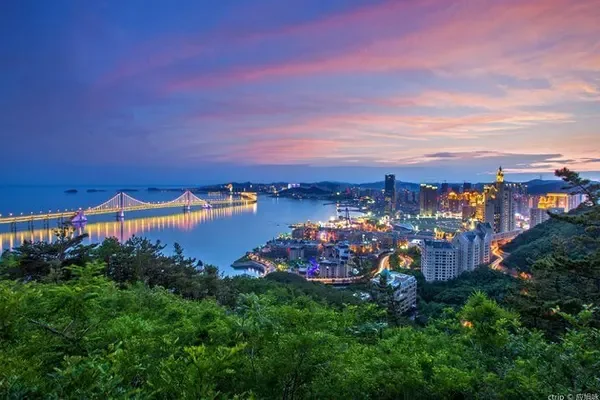introduce
Baima Temple was first built in the eleventh year of Yongping in the Eastern Han Dynasty (AD 68). It was a temple built by the government after Buddhism was introduced into my country. It has always been revered as the "ancestral court" and "source of interpretation" of Chinese Buddhism. It is said that the name of the temple is derived from the allusion of "white horse bearing scriptures". The White Horse Temple has been rebuilt several times after repeated wars. Today, the White Horse Temple is small in size, and it is no problem to visit the panoramic area on foot.
Tourists enter the temple through the mountain gate. The mountain gate was built in the Ming Dynasty, and the stone-carved horses on both sides of the mountain gate are relics of the Song Dynasty. There are five major halls in the temple, which are located on a central axis. The main hall is the second hall, the Great Buddha Hall, and is also the main place for practicing rituals. In the Daxiong Hall of the third hall, there is the "treasure of the town temple" of the Baima Temple - the only remaining "dried lacquer statue" of the Yuan Dynasty in China. The 23 statues of Yuan Dynasty "clamped ramie dry lacquer" in the hall are of different shapes, all of which are made of silk and hemp, and the weight of each statue is only 3 to 5 kilograms. like New.
There are more than 40 historical steles since the Tang Dynasty preserved in the White Horse Temple. The "Luojing Baima Temple Zuting Ji" written by Zhao Mengfu, a calligrapher in the Yuan Dynasty, is quite precious (on the east side of the mountain gate). There are also three cemeteries in the scenic area worth seeing: the cemeteries of two eminent Indian monks, Shemo Teng and Zhu Falan (on the east and west sides of the mountain gate), and the cemetery of Prime Minister Di Renjie. But there is also a saying: "Di Renjie's Tomb" is not buried in Master Di, but Wu Zetian's "face head" Xue Huaiyi, who once served as the host of the White Horse Temple.
About 200 meters southeast of the mountain gate, there is a Qiyun Pagoda, which was built in the Eastern Han Dynasty and rebuilt in the Jin Dynasty. It is one of the few Jin Dynasty ancient buildings in the Central Plains.
Now a new "World Buddhist Temple Expo Area" has been built next to the White Horse Temple to display Buddhist temples in the styles of India, Thailand, Sri Lanka, Nepal, Myanmar, Japan, South Korea and other countries.

opening hours
April 1-October 7 07:40-18:30 (last admission 18:00); October 8-March 31 next year 08:00-17:30 (last admission 17:00) :00)
Preferential treatment policy
must see tips
The two stone-carved horses outside the mountain gate of Baima Temple are relics of the Song Dynasty. From the perspective of protecting cultural relics, no matter whether there is supervision or not, do not ride them.

